Though you might picture a pink creature with a curly tail, the term “Pig” can refer to any number of different animals in the taxonomic genus Sus. Including the domestic variety, eight different species exist. Researchers place these creatures in the Suidae family, along with warthogs, babirusas, river hogs, and more. Read on to learn about the Pig.
Description of the Pig
Though each species has its own unique shape and size, they all share some similarities. Adults generally have large heads with elongated snouts with a round tip. Each of the four feet has four toes, two larger primary toes and two smaller toes.
The largest domestic Pig on record reached over 2,500 lbs. However, Pigs of that size generally cannot sustain that type of body weight and often die young. The largest wild Pigs reach up to 600 lbs.
Interesting Facts About the Pig
These creatures have a number of unique traits, adaptations, and behaviors. Learn more about what makes them so interesting, below.
- A Pig’s Snout – Everyone knows one unique trait of a Pig, and that’s their round snout. These creatures actually have a round disc of cartilage at the tips of their snouts that forms their unique nose.
- Form and Function – They don’t just have that silly-looking nose for nothing. These creatures use their sensitive nostrils to sniff out food buried underground. They root around using the stiff disc of cartilage to dislodge and find food.
- Truffle Pig – Their sensitive sense of smell has definitely caught the attention of people! In fact, people have trained Pigs to sniff out a rare type of mushroom that grows beneath the soil, known as a truffle.
- Pig Hair – As mammals, all Pigs have hair, but their hair has coarse and stiff properties. In the past, people have used this hair, known as bristles, and made brushes and paintbrushes from it.
Habitat of the Pig
Different species in this group utilize different types of habitats. A few of the different ecosystems that you can find these creatures in include rainforests, scrubby secondary forests, mangroves, swamps, grasslands, and more. Some live in a few different habitat types while others specialize in a particular habitat.
Domestic Pigs live in a wide variety of habitats. They occupy pastures and farmland, but also thrive in wooded regions, scrub forests, and just about any habitat with enough water for them to drink.
Distribution of the Pig
Wild members of this species live in different regions. Each species has its own unique range and distribution. Some live across wider expanses while others live only in a single tiny region.
People consider some species, like wild boars, as invasive in certain regions of the world. However, domestic and feral Pigs live virtually worldwide.
Diet of the Pig
These creatures have omnivorous feeding habits. They typically find their food underground by using their sensitive sense of smell. Some common food items include roots, tubers, nuts, fruits, berries, seeds, insects, grubs, and more. However, some species feed more heavily on carrion and small animals, and even hunt young lambs, deer fawn, or calves.
Pig and Human Interaction
Humans interact with these creatures in a number of fashions. The domestic variation of these animals would not exist without humans selectively breeding individuals for certain traits.
People keep domestic Pigs as pets, raise them for food, train them to find truffles, show them, and more. Additionally, people hunt some wild species as well, particularly the invasive wild boar.
Domestication
People originally bred the ancestors of our domestic swine from the Eurasian boar. Domestication in the Near East began about 11,000 years ago, and people in China began their own domestication about 8,000 years ago. Throughout the process, people cross bred wild species back into the bloodline.
Does the Pig Make a Good Pet
These mammals can make wonderful pets to the right person. However, as with any pet you should know the commitment involved. Some people can house train these creatures, but in most instances, you need proper agricultural zoning and outdoor housing to keep these animals.
Additionally, you should only keep domestic variations of these animals as pets and never attempt to keep wild species.
Pig Care
People often keep these creatures, and their care varies slightly based on the species. In most cases, you must trim the hooves regularly to prevent foot problems.
You should also provide adequate shelter from the weather and plenty of room for the animals to explore and dig through the ground. Numerous pelleted feeds exist to care for these creatures.
Behavior of the Pig
These mammals have social behavior and high intelligence. They live in small groups that forage and wallow together. Because they do not have sweat glands, they wallow in mud to regulate their body temperature. They regulate the amount of mud based on the temperature and weather conditions.
Reproduction of the Pig
Different breeds and species reach sexual maturity between three months and a year old. Males breed with multiple females. After mating, the gestation period lasts nearly four months. The female digs a shallow nest and gives birth while lying down. The size of the litter varies based on the breed and species.
The young, known as Piglets, nurse about once every hour. They wean off their mother’s milk at different rates depending on the breed and the species.
Beliefs, Superstitions, and Phobias About the Pig
You can find these creatures in various works of art, literature, and as religious symbols across the globe. People have used them in stories and proverbs for many years and to represent many different symbols. George Orwell’s Animal Farm is one of their more notable literary appearances.


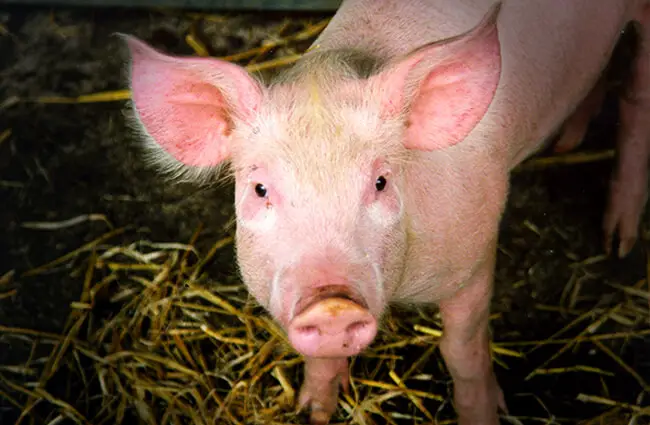
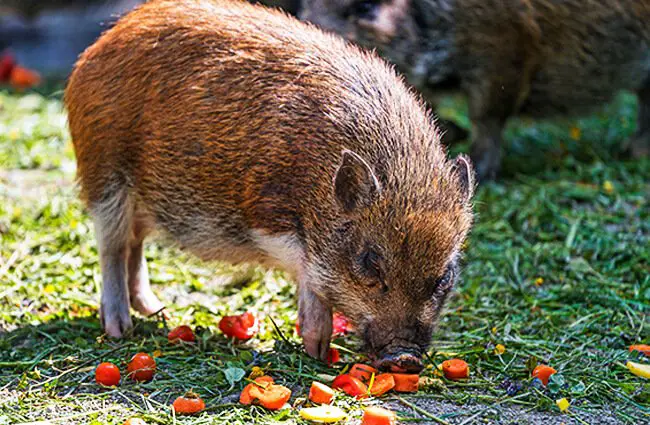
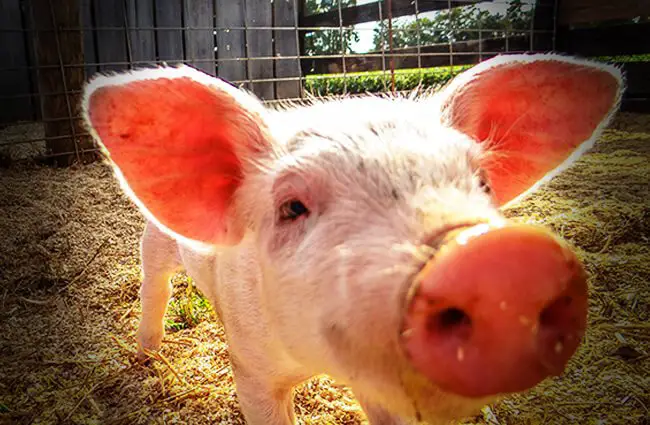

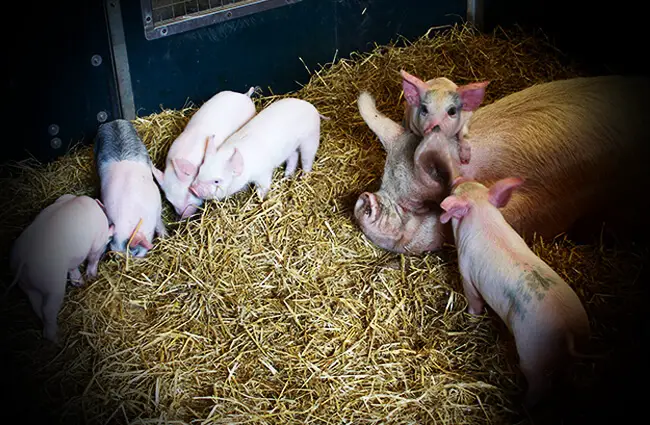
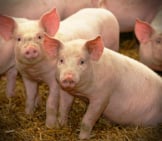

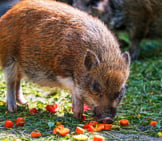

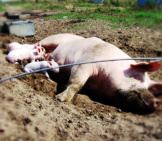

![Red Angus Closeup of a beautiful Red Angus cowPhoto by: U.S. Department of Agriculture [pubic domain]https://creativecommons.org/licenses/by/2.0/](https://animals.net/wp-content/uploads/2020/03/Red-Angus-4-238x178.jpg)












![Red Angus Closeup of a beautiful Red Angus cowPhoto by: U.S. Department of Agriculture [pubic domain]https://creativecommons.org/licenses/by/2.0/](https://animals.net/wp-content/uploads/2020/03/Red-Angus-4-100x75.jpg)

